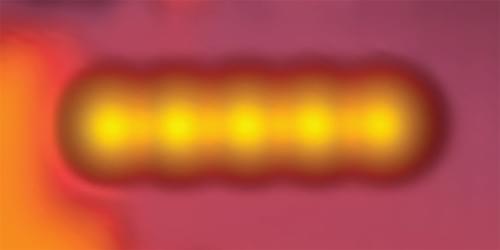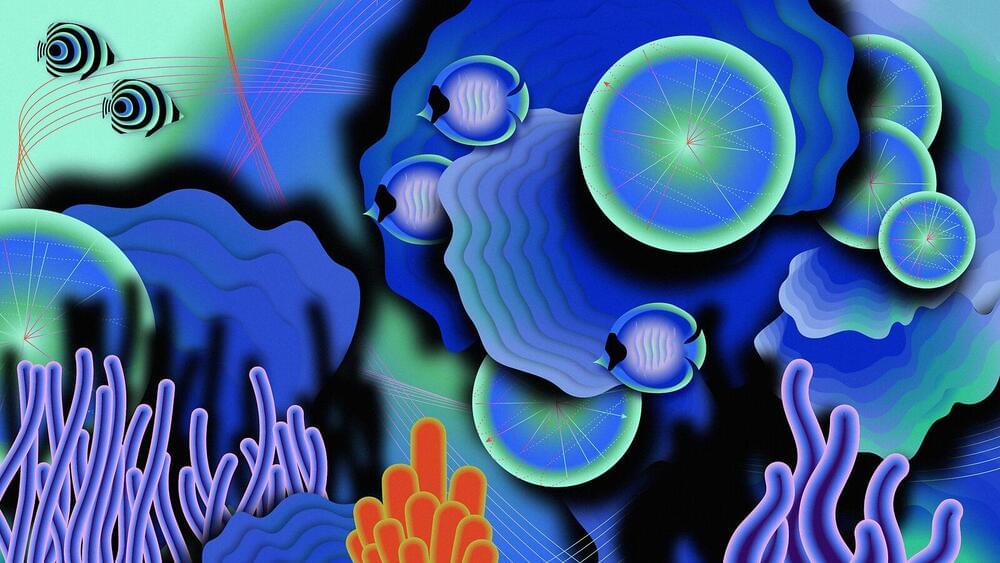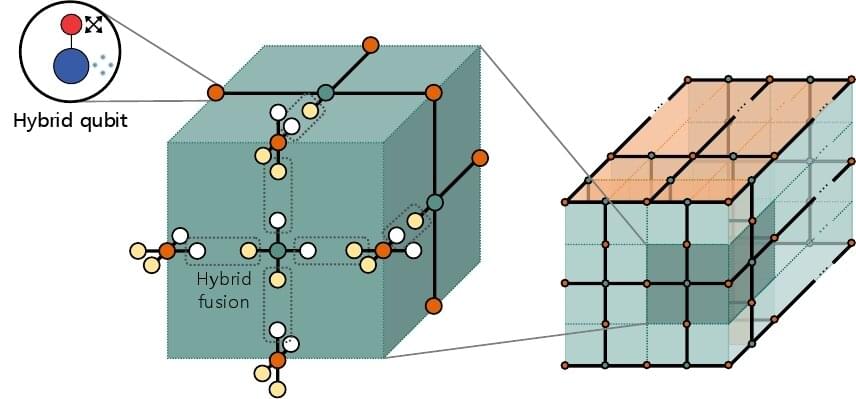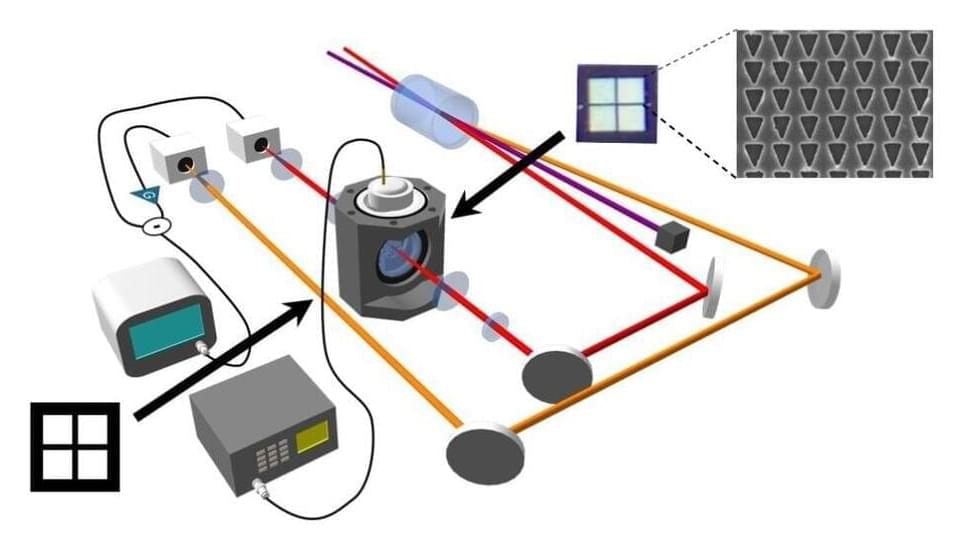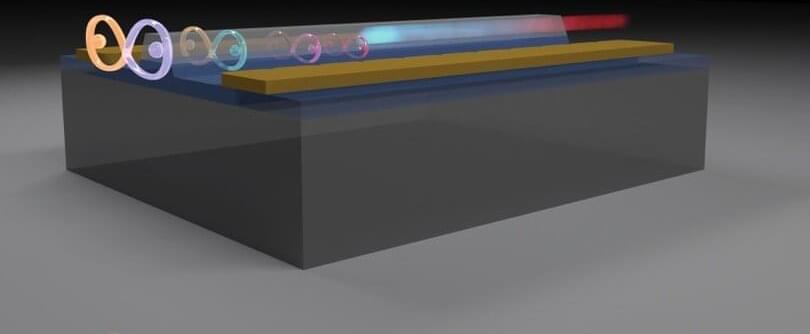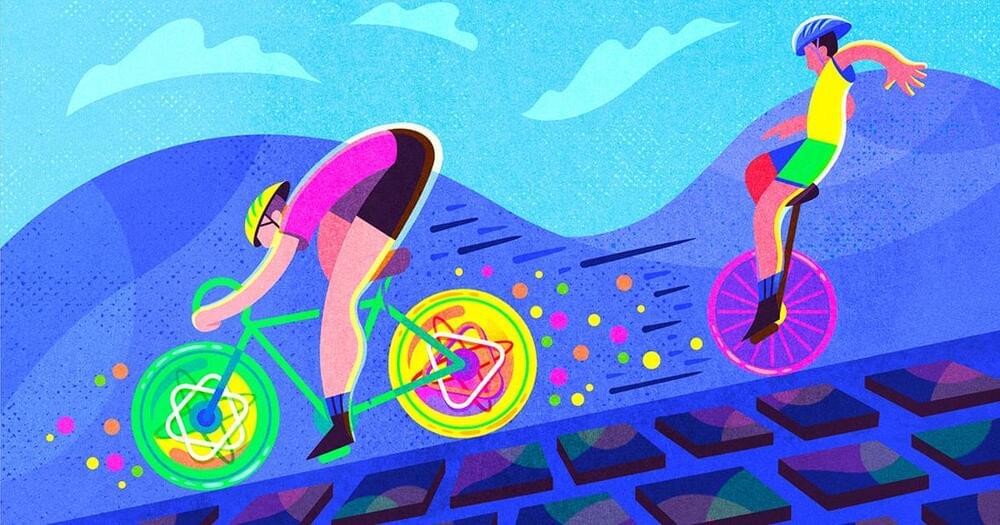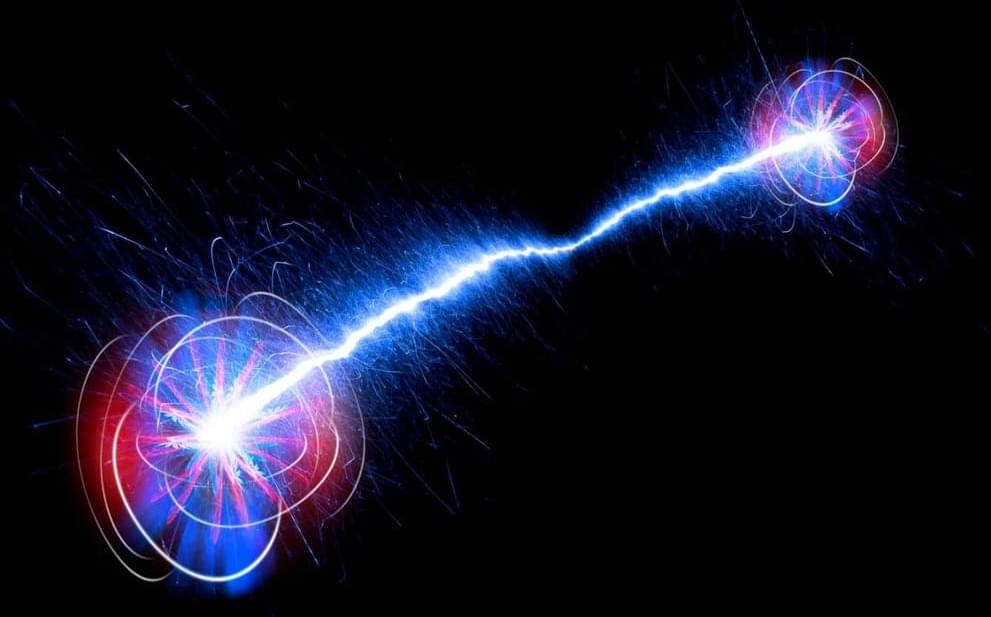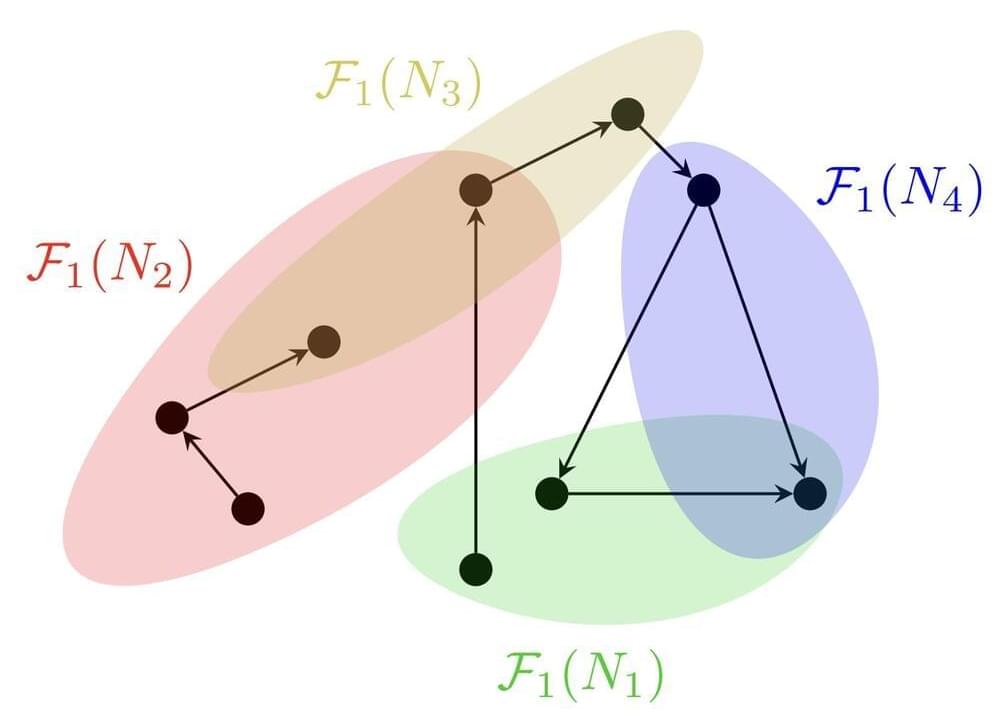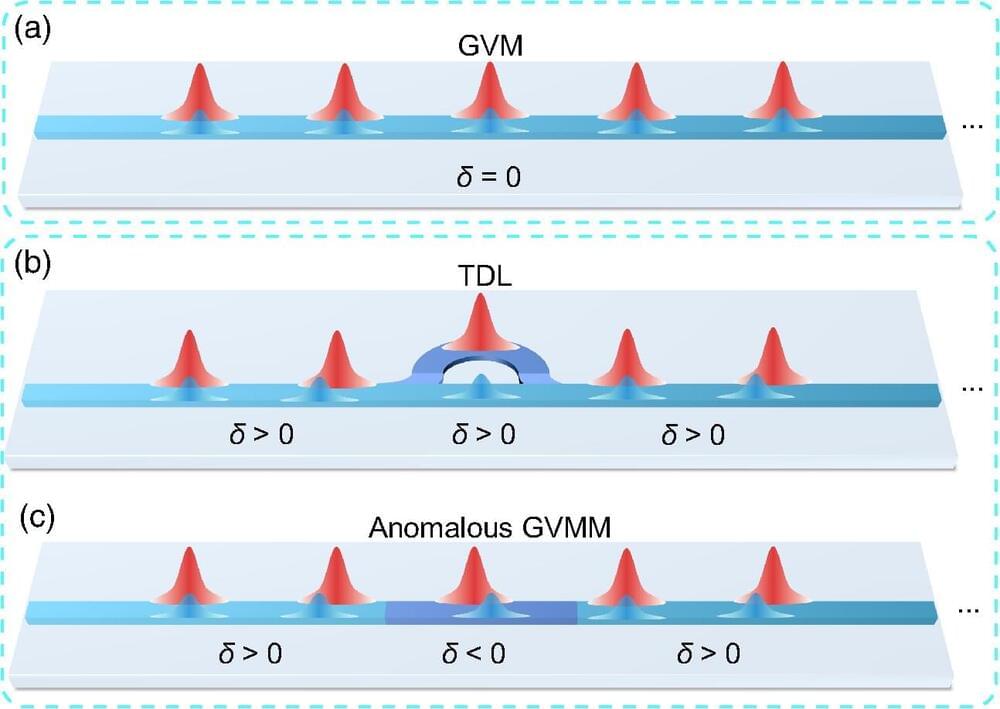Oct 17, 2024
Dr. Leonard Tender, Ph.D. — Biological Technologies Office, DARPA — Next Generation Biomanufacturing
Posted by Ira S. Pastor in categories: biological, chemistry, climatology, engineering, government, policy, quantum physics
Next Generation Biomanufacturing Technologies — Dr. Leonard Tender, Ph.D. — Biological Technologies Office, Defense Advanced Research Projects Agency — DARPA
Dr. Leonard Tender, Ph.D. is a Program Manager in the Biological Technologies Office at DARPA (https://www.darpa.mil/staff/dr-leonar…) where his research interests include developing new methods for user-defined control of biological processes, and climate and supply chain resilience.

